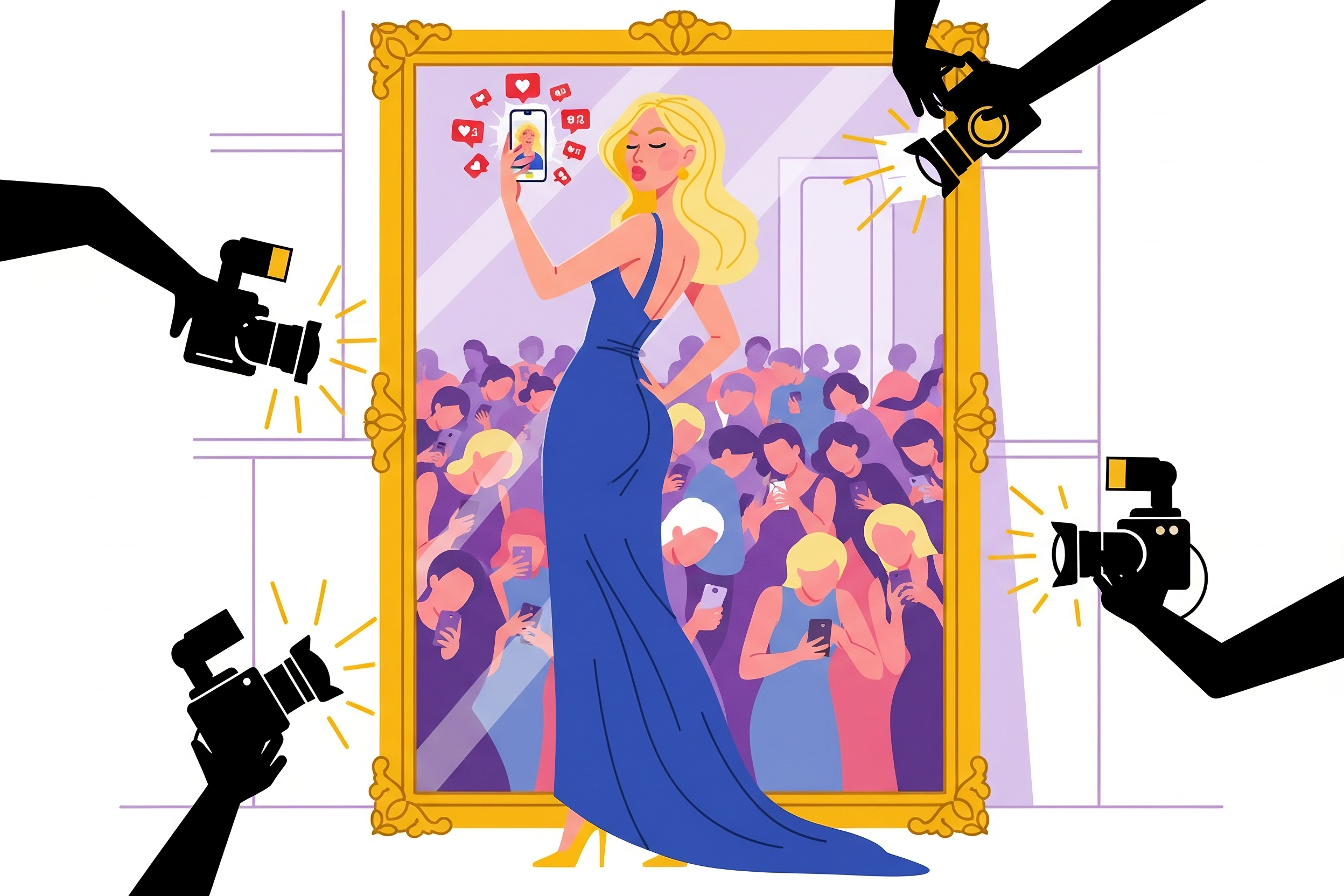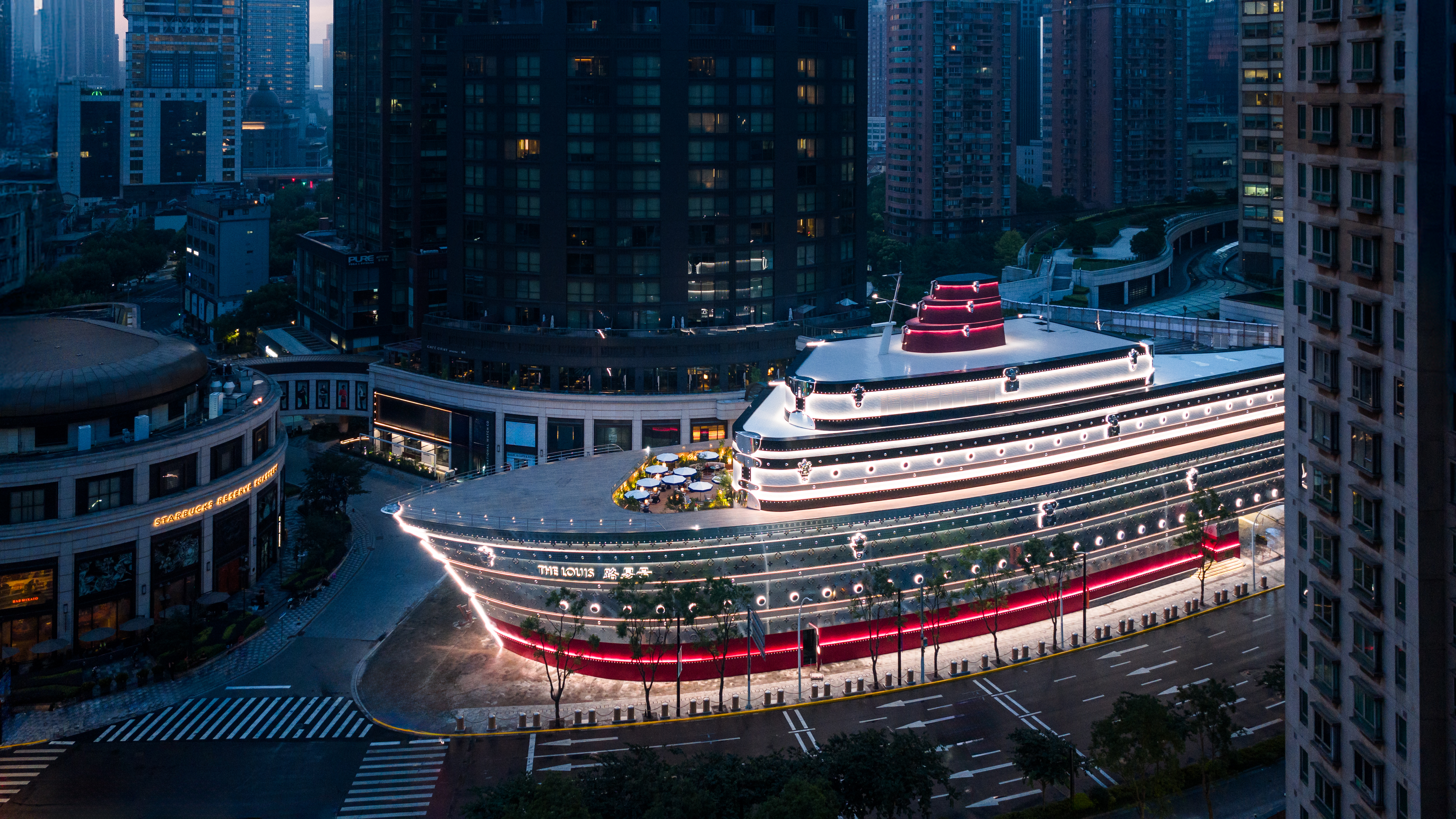
Part one of DLG’s latest report, “The Online State of Skincare Brands,” indicates that 58 percent of skincare users focus on brand-related keywords when searching online. This first set of insights can help luxury brands optimise search experience to better understand consumer behaviour to craft relevant experiences.
Worth an estimated $250 billion dollars, the global beauty market is rapidly transforming, largely due to marketing strategies which are centered on building a sense of community around the brand, product and experience. Looking specifically into skincare brands over the past three years, online skincare search volumes have grown by 51 percent.
But how exactly are skincare consumers searching online? How can brands be more relevant and more visible online? These are a few of the questions the first set of insights of DLG’s latest research, “The online state of skincare brands” report, answers.
The research takes a look at the online performance of 28 premium beauty brands, with skincare as their main product. The first part of the report explores skincare search interest on Google in English, on branded and category searches, aiming to demonstrate user intent– from awareness and search, to e-commerce or physical purchase.
Consumers Search Mainly Using Skincare Brand Keywords
Branded searches, which include both brand and specific product keywords, represent 58 percent of the monthly average search volumes in 2019. The analysis includes potential for misspelled words or brand names, such as Kiehls instead of Kiehl’s.
The remaining 42 percent of searches are category ones, which include keywords based on concerns (e.g. eye bags), product type (e.g. day cream), ingredients (e.g. retinol) and skin type (e.g. dry skin).
Direct-to-consumer beauty brands have increasingly been investing in consumer loyalty and brand advertising to ensure they are top of mind, with skincare brands following this trend. While consumers mainly search using brand rather than category (generic) keywords, category searches still play a significant part in online consumer search behaviour.
Rising skincare health awareness such as sun exposure consequences, trending product types (such as antioxidant serum), and increasing interest in more natural ingredients alternatives to synthetic ones (such as bakuchiol), are a few of the search trends identified from the report category search analysis, which will be shared in the coming weeks.
Brand Search vs Category Search in 2019

Image courtesy: DLG.
Identifying and understanding how consumers search online is key for skincare brands to effectively leverage their digital marketing efforts. Not only to improve brand visibility and conversion, but also to deliver content that consumers actually want. This is where search experience optimisation plays a key role for brands to understand consumer behaviour and crafting relevant experiences.
Conglomerate Brands Still Leading the Way
Direct-to-consumer newcomers disrupted the beauty industry with brands like Drunk Elephant and Glossier ranking top for search growth over the past three years.
However, brands belonging to conglomerates like Estee Lauder and L’Oréal are still leading the way in terms of search volumes, thanks to their extensive distribution networks and brand presence, experience in handling multiple categories in e-commerce and investment by the group.

Image courtesy: DLG.
With digitally-native brands continuing to disrupt the market and increasing costs to acquire new consumers, established brands need to ensure they are agile and can adapt their digital marketing strategies to these industry shifts. By ensuring they are delivering a frictionless and personalised experience, offering consumers what they currently want and by being able to identify and react to upcoming trends, old-time players and newcomers alike will be able to find a space in the hierarchy of beauty brands.
To access “Branded Search Insights,” part 1.1 of “The Online State of Skincare Brands” report, download the report via the link below.










